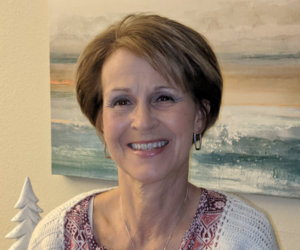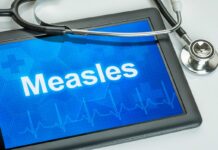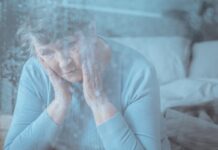
Strokes are the number one cause of long-term disability in the United States and one of the leading causes of death. Every 40 seconds in the U.S., someone dies of a stroke. Those who live in the South face a 34% higher risk of stroke than people in other parts of the country. (I love my fried chicken and biscuits too!)
While strokes are often associated with age, anyone at any age can experience one. Sixty percent of strokes occur in adults over age 60, but younger people are experiencing them at a greater pace: The risk of stroke doubles every ten years over age 55.
According to the CDC, between 125 and 200 out of every 100,000 North Georgians over 65 die from strokes, compared to 35 per capita in the region who die of lung cancer each year.
Strokes are not a respecter of age or gender.
The incidence of strokes among those 35 to 65 is rising, and while more men than women have strokes, more women die from strokes and stroke-related complications. One reason is that women often have atypical symptoms such as headache and nausea and delay seeking medical intervention due to the lack of severity of the symptoms.
There are two types of strokes: Ischemic and Hemorrhagic. It’s helpful to understand the two and their symptoms.
Ischemic strokes are caused when a portion of the brain is deprived of oxygen by a blocked blood vessel due to a blood clot, plaque, or disease: This is the most common type of stroke, occurring in 80% of all stroke patients.
Signs and symptoms of an ischemic stroke include facial drooping, arm pain, and slurred or indistinguishable speech.
The second and less common type of stroke is hemorrhagic. It occurs when a blood vessel or clot bursts and blood is spilled, depriving the brain of oxygen and increasing pressure within the brain.
Common signs and symptoms of this type of stroke include nausea, vomiting, sudden loss of consciousness, intense headaches, and numbness which may occur on only one side of the body or both sides.
Minor or “mini” strokes may cause vague or no symptoms: You can have dozens before doctors diagnose them. It is important to know that these strokes may lead to poor memory, slurred speech, and difficulty thinking.
The brain loses 120 million cells and ages approximately 4 hours for every hour a stroke goes untreated. Seeking help immediately by calling 911 is the No. 1 thing you can do to help minimize brain damage and improve chances for optimal recovery.
If you suspect you or someone else is having a stroke, don’t delay getting medical help. It’s far better for the emergency room physician to tell you the good news that you are not having a stroke than tell your family they did everything they could, but it was too late.
In our next Health Matters segment, we will discuss things you can do to prevent a stroke.

About the author: Tracy Backer is a Registered Nurse who has worked in the medical field for 39 years. Her specialty is critical care nursing. She is employed by Habersham Medical Center in Demorest. A University of North Georgia Nursing School graduate and Habersham County native, Tracy recently returned home to Northeast Georgia from California. She joins the Now Habersham team as a medical columnist for Your Health Matters. She can be reached at [email protected].







